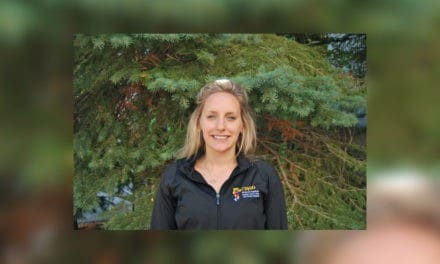Dr. Mark Tremblay and Dr. Jean-Philippe Chaput are authors on a paper, “A model for presenting accelerometer paradata in large studies: ISCOLE,” that was recently published in the International Journal of Behavioral Nutrition and Physical Activity. Citation details and a summary of the paper are below.
Catrine Tudor-Locke, Emily F Mire, Kara N Dentro, Tiago V Barreira, John M Schuna, Pei Zhao, Mark S Tremblay, Martyn Standage, Olga L Sarmiento, Vincent Onywera, Tim Olds, Victor Matsudo, José Maia, Carol Maher, Estelle V Lambert, Anura Kurpad, Rebecca Kuriyan, Gang Hu, Mikael Fogelholm, Jean-Philippe Chaput, Timothy S Church, Peter T Katzmarzyk and for the ISCOLE Research Group. A model for presenting accelerometer paradata in large studies: ISCOLE. International Journal of Behavioral Nutrition and Physical Activity 2015, 12:52.
ABSTRACT: Background. We present a model for reporting accelerometer paradata (process-related data produced from survey administration) collected in the International Study of Childhood Obesity Lifestyle and the Environment (ISCOLE), a multi-national investigation of >7000 children (averaging 10.5 years of age) sampled from 12 different developed and developing countries and five continents. Methods. ISCOLE employed a 24-hr waist worn 7-day protocol using the ActiGraph GT3X+. Checklists, flow charts, and systematic data queries documented accelerometer paradata from enrollment to data collection and treatment. Paradata included counts of consented and eligible participants, accelerometers distributed for initial and additional monitoring (site specific decisions in the face of initial monitoring failure), inadequate data (e.g., lost/malfunction, insufficient wear time), and averages for waking wear time, valid days of data, participants with valid data (≥4 valid days of data, including 1 weekend day), and minutes with implausibly high values (≥20,000 activity counts/min). Results. Of 7806 consented participants, 7372 were deemed eligible to participate, 7314 accelerometers were distributed for initial monitoring and another 106 for additional monitoring. 414 accelerometer data files were inadequate (primarily due to insufficient wear time). Only 29 accelerometers were lost during the implementation of ISCOLE worldwide. The final locked data file consisted of 6553 participant files (90.0% relative to number of participants who completed monitoring) with valid waking wear time, averaging 6.5 valid days and 888.4 minutes/day (14.8 hours). We documented 4762 minutes with implausibly high activity count values from 695 unique participants (9.4% of eligible participants and <0.01% of all minutes). Conclusions. Detailed accelerometer paradata is useful for standardizing communication, facilitating study management, improving the representative qualities of surveys, tracking study endpoint attainment, comparing studies, and ultimately anticipating and controlling costs.
Click here to read the paper in full for free.





